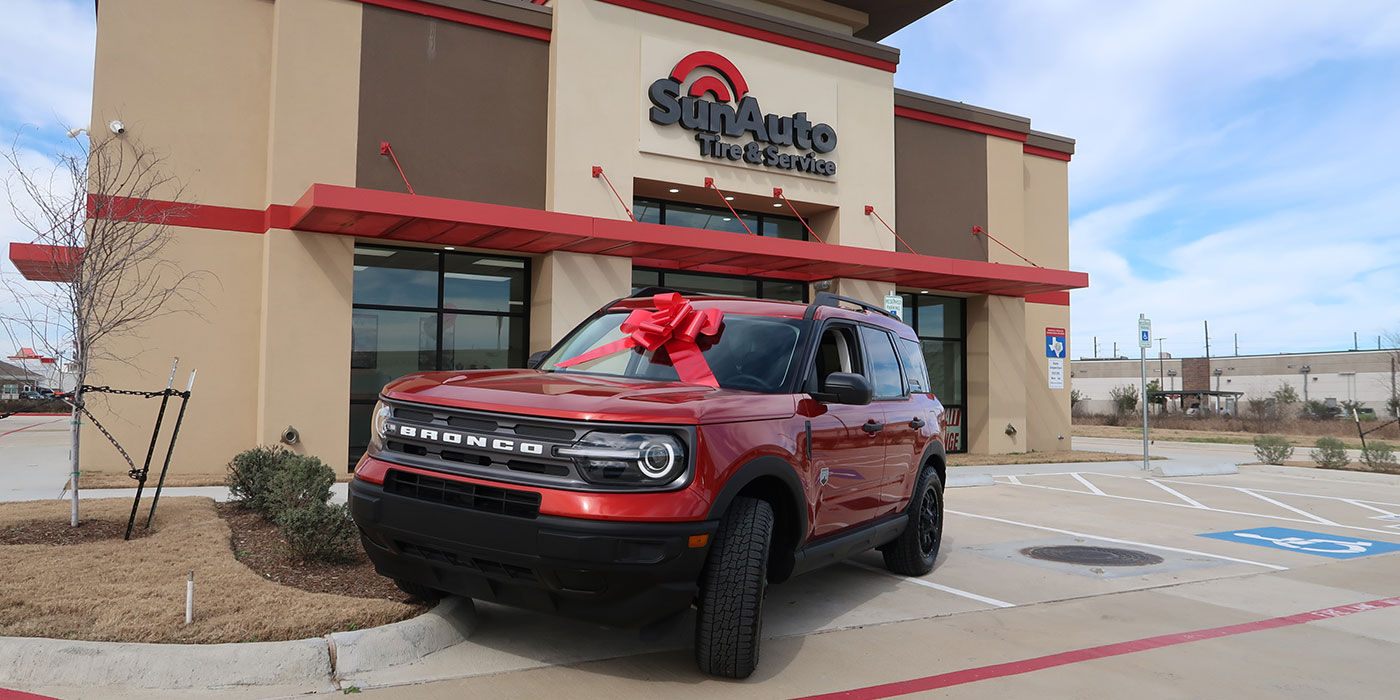OVERLAND PARK, KS – Four automaker (OEM) executives presented revealing details about their requirements for service under their dealer franchise agreements. Five aftermarket experts followed, by examining the current status of service-readiness among independent shops.
This unique conversation between OEMs and the aftermarket is a hallmark of the National Automotive Service Task Force (NASTF), the group says, and unfolded before a diverse industry audience on Friday, March 8 during VISION2013 at the 2013 Spring NASTF General Meeting in Overland Park, KS.
Kelly Geist, service engineering manager for Subaru; Mark Saxonberg, service technology manager for Toyota; Bob Stewart, aftermarket service support for GM and Jim Von Ehr, manager, technical information and serviceability for Nissan, each gave valuable insight into their service department business models.
Saxonburg said, “The availability of service information doesn’t, itself, make a tech service-ready.” He listed five additional resources as necessary: factory diagnostic functions, product knowledge, tech assistance support, factory parts options and a commitment to learning.
Stewart extolled the benefits of GM’s long-term strategy in technician development demonstrated in GM’s ASEP (Automotive Service Education Program), which is a partnership with their dealer franchise spanning from high school through a tech’s working career.
Geist described Subaru’s requirement of minimum tool investments from Toughbook laptops to some 400 special tools costing about $50,000. “We roll out about 20 new special tools a year and they are shipped automatically to our franchise dealers,” said Geist.
Von Ehr described the Nissan MSTR (Minimum Service Training Requirements) and showed its positive correlation to the F-1 scores (Fixed Right the First Time Score) for Nissan dealers. In closing, Von Ehr argued that the industry needs more than just highly qualified techs. “We need more techs at all levels,” he said. “With the right training requirements in place, we’ll get more highly-qualified techs from that larger pool of techs.”
Bob Augustine of Christian Brothers Automotive, Bob Beckmann of Beckmann Technologies, Aaron Cherrington of Identifix, JeffMinter of Madison Technical College and Rusty Savignac of Paxton Garage, followed the OEM Roundtable and dug deeper into solutions for closing the service-readiness gap among independent shops.
“It’s harder today to fit all the necessary training into just a two-year college program,” said Minter. He’s concerned that education is too focused on pattern-failures and not enough depth in system understanding that would be useful in developing diagnostic skills. Cherrington pointed out that today’s techs must be resourceful. “A 2010 Ford has about 11 million lines of software code,” he said. “A tech today must have information partners.”
Augustine encouraged shops to develop a “training roadmap” with compensation incentives for higher skill levels. Savignac, who operates Paxton Garage in Massachusetts, contends that independent shops must accept responsibility for turning tech school grads into qualified techs.
“My two best techs came from post-secondary schools and got OJT, refined,” he explained. Beckmann is a Euro-specialist and contracts to assist shops withservice in advanced systems not yet mastered in their shop. “One difference that separates troubled [shops] from successful [shops] is their attitude toward asking for help,” said Beckmann. “The successful will reach out for help quickly.”
“NASTF, too, needs to reach out,” said Skip Potter, NASTF executive director, announcing his recent membership in the Automotive Training Manager’s Council (ATMC). “It is NASTF’s strategy to engage with them to efficiently and effectively close the education component of the service-readiness gap. In fact, we seek partnerships with any industry organization that has the existing mandate and resources to help close the gaps between dealership and independent capabilities.”
In addition to the complex service-readiness topic presented during the Spring 2013 NASTF General Meeting, NASTF Chairman and President of the Equipment and Tool Institute Charlie Gorman presented "Why Automakers Should Support Aftermarket Telematics," pointing out that quality new cars sold by today’s OEMs are becoming quality used cars serviced in the aftermarket.
“Embracing aftermarket diagnostic solutions pays dividends because it makes for happy owners, and happy owners have a tendency to become loyal to the brand,” Gorman said. He described, in detail, a technical strategy that would consolidate competing telematics technologies into one efficient network, taking advantage of the creative free marketplace in developing multiple solutions to benefit the consumer.
To close the afternoon program, NASTF committee chairs participated in a unique panel format to discuss their charters and initiatives with the NASTF executive director and the audience. Bob Chabot (Collision Committee), John Cabaniss (Communications Committee), Karen Miller and Rob Morrell (Education Committee), Steve Douglas (Service Information Committee), Greg Potter and Donny Seyfer (Equipment & Tool Committee) and Mark Saxonberg (Vehicle Security Committee) participated.



